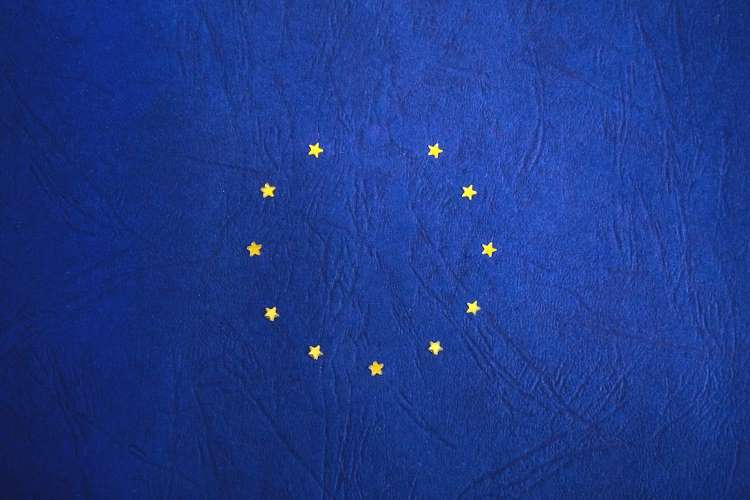
Members of the European Union will levy 15% global minimum tax on multinational businesses from 2024 — a significant step towards taxation of the digital economy. The EU decision is the result of the most significant overhaul of international tax system in more than a century, agreed upon by 137 countries in October 2021. The decision will help EU’s 27 members reduce the impact of treaty shopping by multinational companies taking advantage of tax havens.
A year after last year’s historic deal, EU managed to bring all its members to agree on the implementation of the minimum tax. The EU can roll out the tax in a coordinated manner once member countries amend their national laws to charge the new levy. In November, the UK had announced its decision to collect global minimum tax from 2024 to ring in an estimated $2.86 billion to its tax kitty. The EU’s declaration will prompt other countries to roll out the 15% levy on the profits made by multinational firms in their jurisdictions. When implemented globally, the minimum tax will reallocate profits of some of the largest companies to the tune of $125 billion.
The US also supports the 15% minimum-tax agreement, despite the fact that a large number of its companies will face higher tax outgo. The US Congress had cleared a different 15% minimum tax on the financial-statement income of some large companies. However, the US implementation of the OECD agreement looks difficult with Republican majority in the House of Representatives. The US threat of retaliation had stalled the implementation of Digital Services Taxes by European nations.
READ I G20 presidency will test India’s global leadership credentials
Governments world over are grappling with the inability to tax the digital economy. The digital revolution has defied the traditional tax structures created to deal with businesses that have some kind of physical presence. The tax regimes mastered the tax on permanent establishments in their jurisdiction and ensured compliance.
The emergence of e-commerce challenged the traditional tax regimes. These companies started selling goods and services to customers anywhere in the world without any local physical presence. Most of such transactions happened under the radar of taxmen who failed to collect revenues as the service providers had no physical presence in the territory. The growth of e-commerce led to the leveraging of intangible assets such as intellectual property for tax benefits. The presence of intangible inputs allowed multinational companies to use accounting techniques to dodge taxes.
Why a global minimum tax
The global minimum tax is designed to collect revenues from multinational firms that divert profits to low-tax territories to reduce tax burden. Treaty shopping by large companies result in heavy revenue losses to host countries. The OECD proposal seeks to get corporations pay 15% of their profit in the host country and to end shifting of profits and tax evasion.
The current global tax regime follows a model developed immediately after the World War I. It allows taxing of companies in countries where they produce goods and where they are headquartered. The countries where inputs are produced and products manufactured can tax profits at each stage. The country in which the company’s headquarters is situated can tax a company’s final profit. The countries where the products are sold can only levy sales tax. The firms that sell the product in another country is not liable to pay taxes there.
When the profit of companies is repatriated back to its headquarters, it can offset the tax obligation against foreign tax credits. The company is liable to pay tax only on those parts of profits that are not taxed in other jurisdictions.
The system was created to ensure that all countries in the supply chain receive a fair share of taxes. A plant making mobile phones in India will pay tax in the country on the profit made from selling the product anywhere in the world, but countries where the parts are produced will get to tax the profits from selling the part to the plant in India.
Global businesses dodge taxes through price manipulation. A company that supplies parts can inflate prices, leading to higher costs in the next stage of production. This will reduce tax liability in the next plant’s host country. If a company sells its product below market rate, it cuts tax liability in the host country, lowering the costs in the next stage of production.
Multinational businesses can also divert profits to entities based in low-tax territories through the sale of intangibles such as intellectual property and technology. These assets may be registered at the low-tax territories. The entities in such countries can then charge entities in other parts of the world for the right to use the intangible asset, increasing operational costs and reducing profits for affiliates registered in high-tax territories.
In India, the proposed global minimum tax will replace the equalisation levy in place to correct the mismatch between the tax burden of Indian and foreign companies. The 6% levy is imposed on the revenues of multinational ecommerce companies. India collected Rs 1,600 crore from equalisation levy in 2020-21. Apart from this levy, India can also tax multinational firms under the significant economic presence rules, 2018. Multinational entities can be taxed in India under these rules if they do business worth more than Rs 2 crore or more annually, or those have at least 3 Lakh users in the country.

